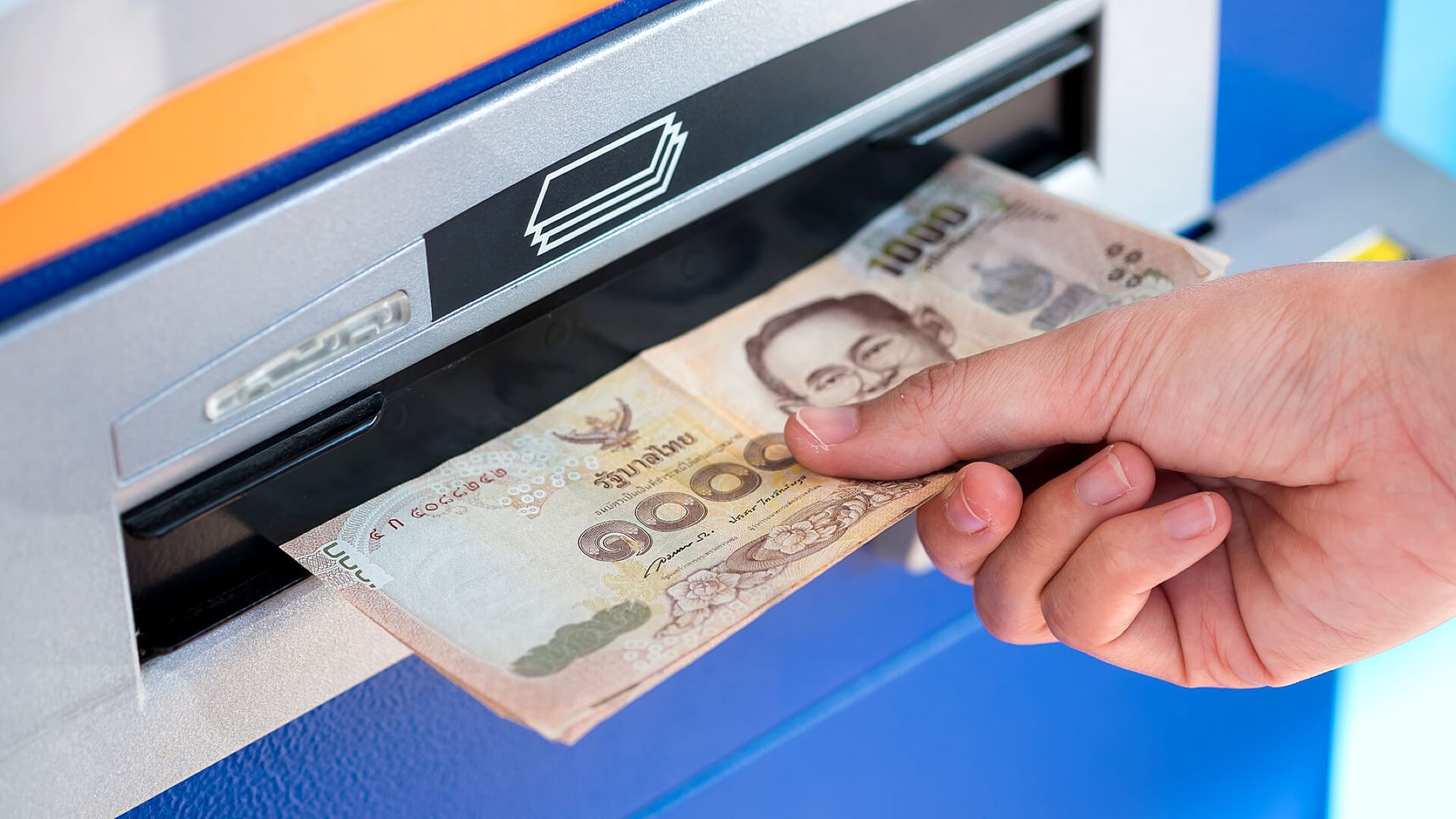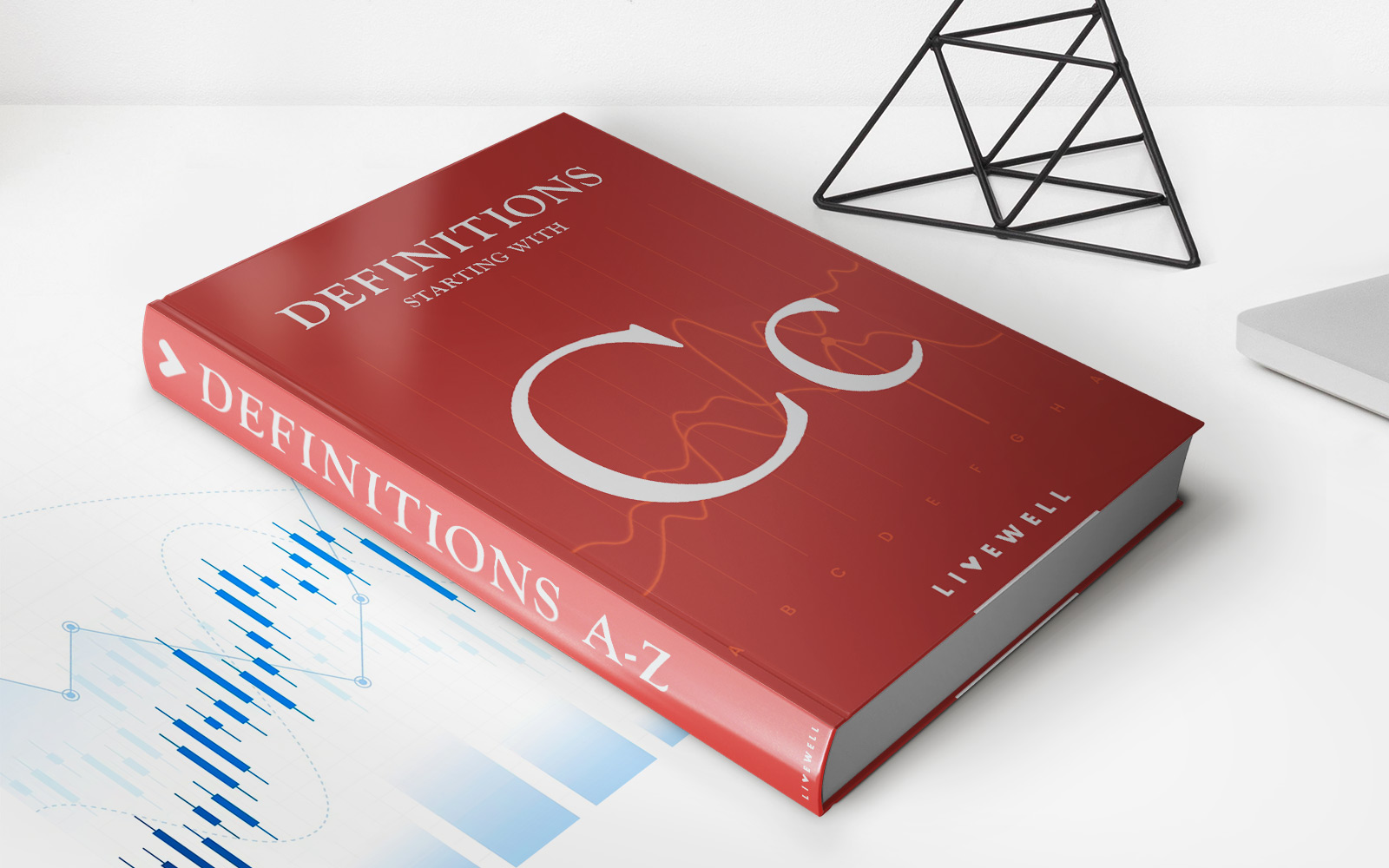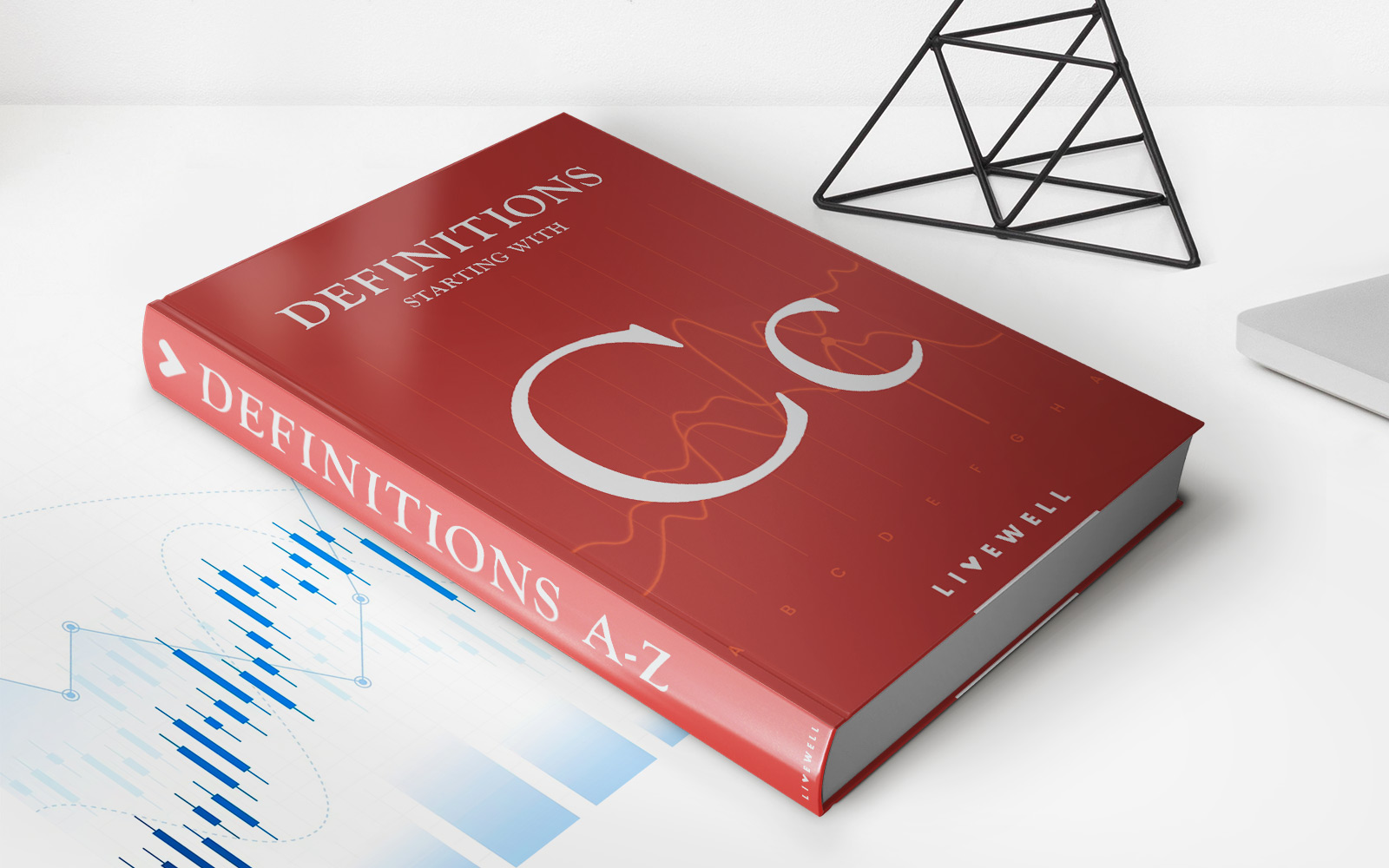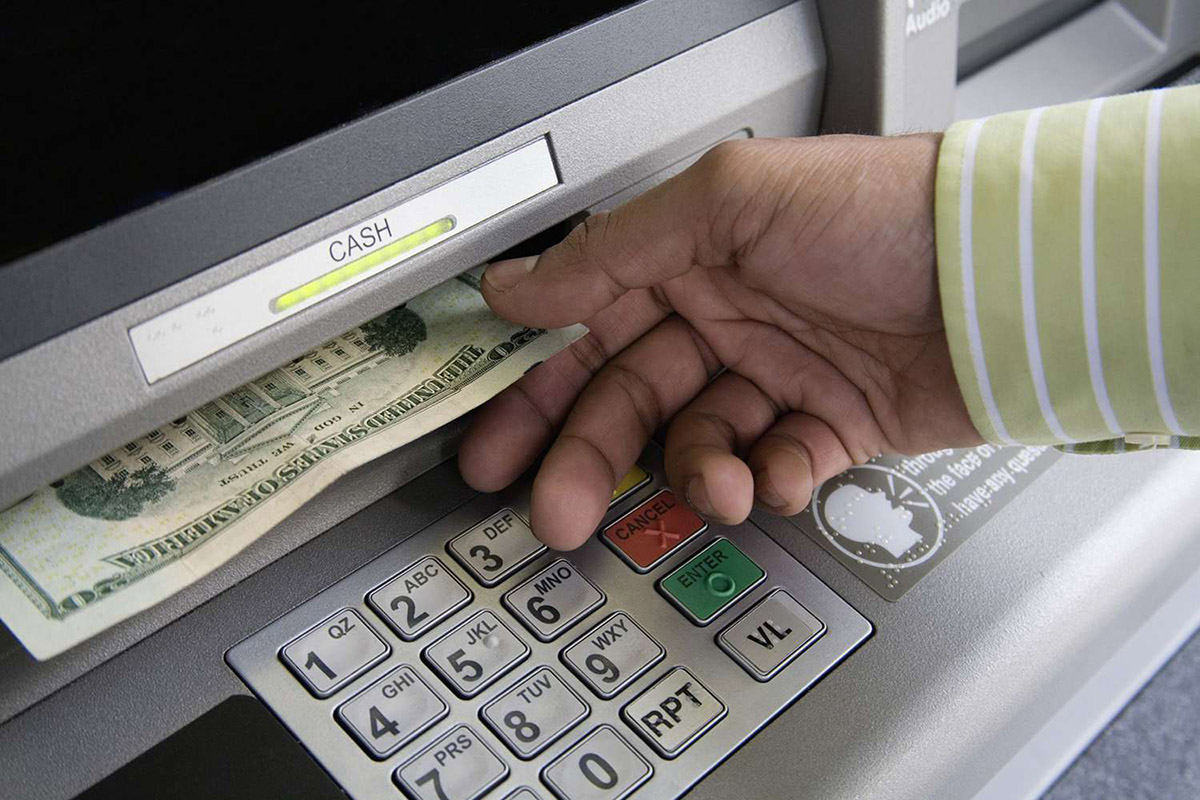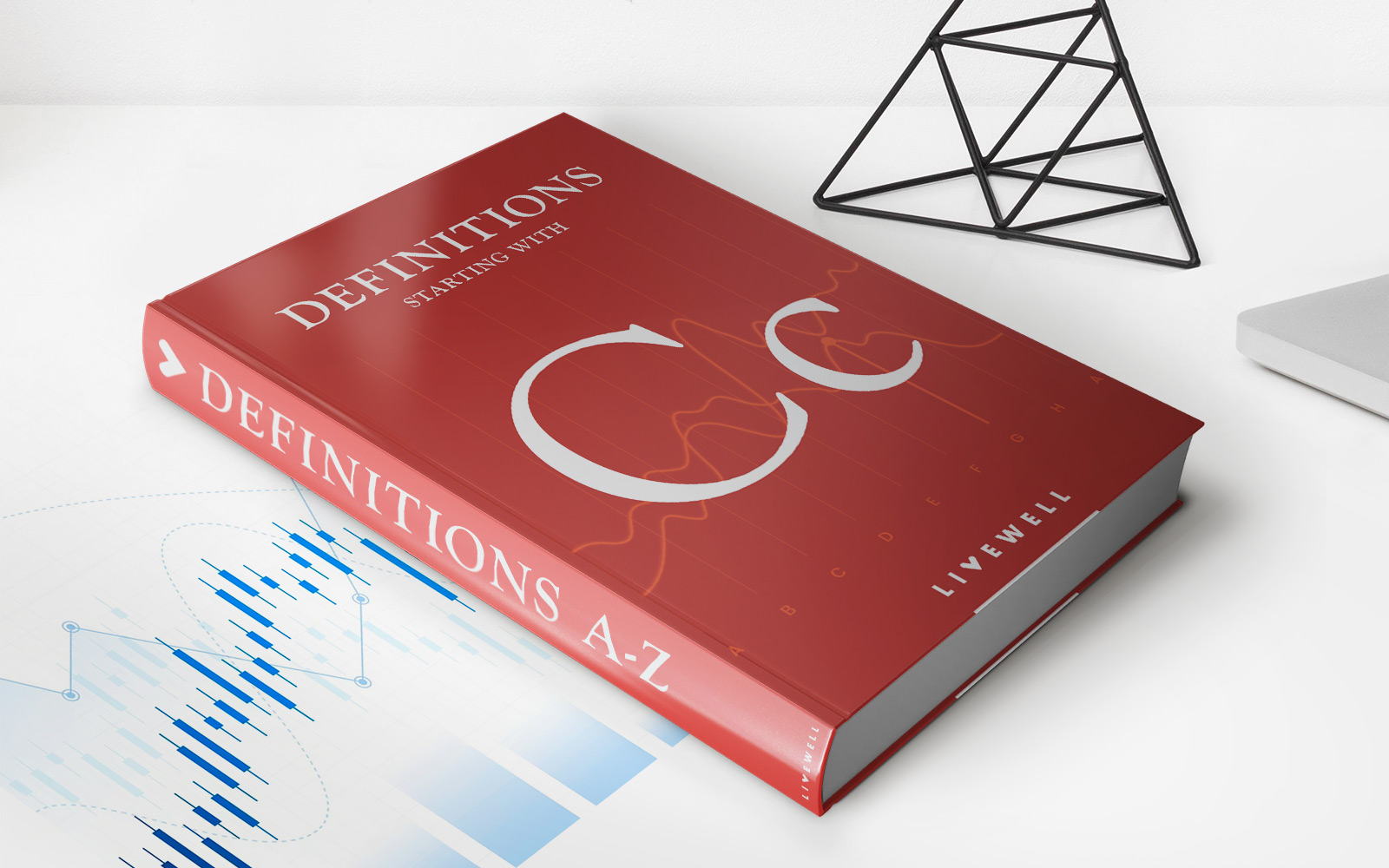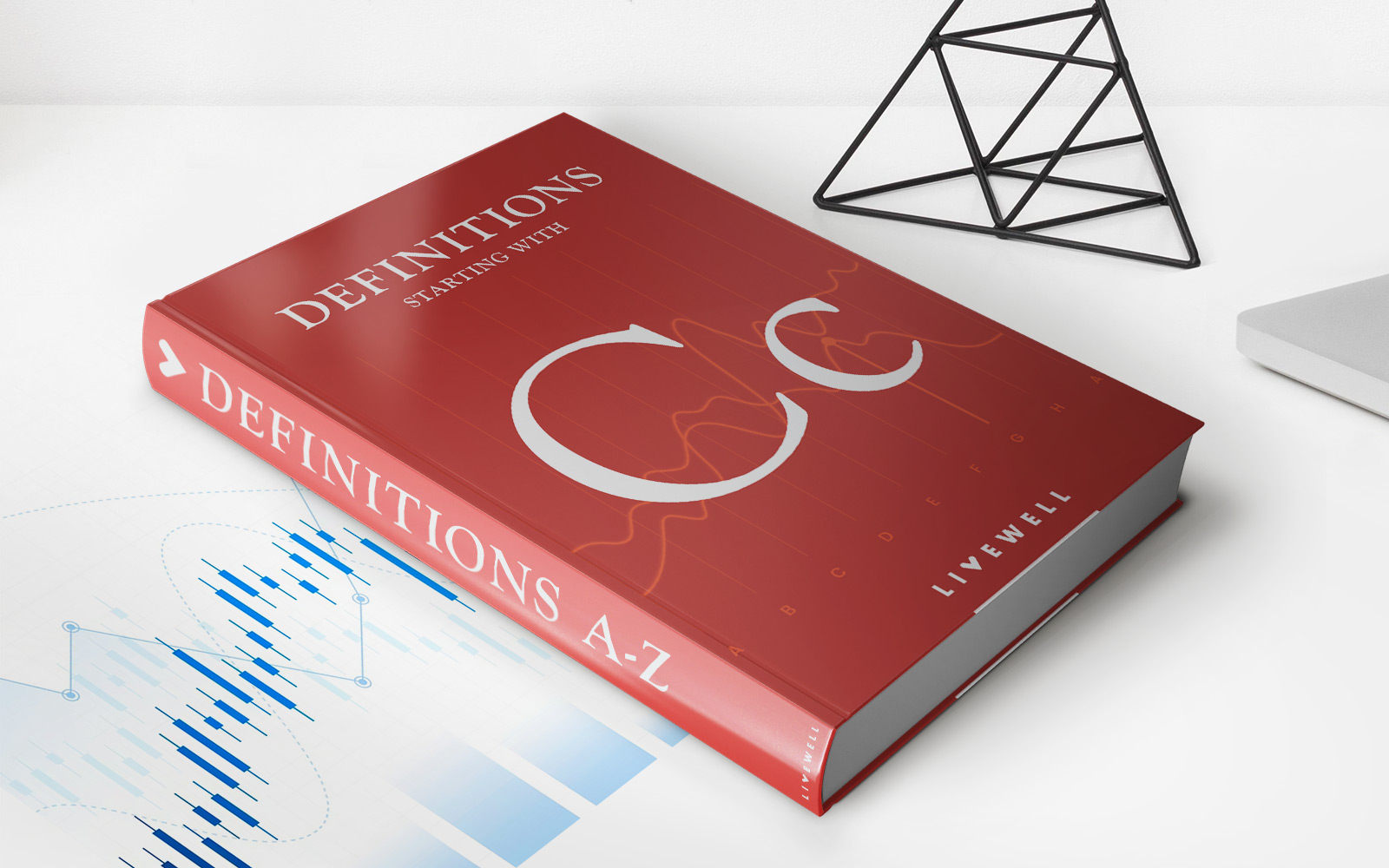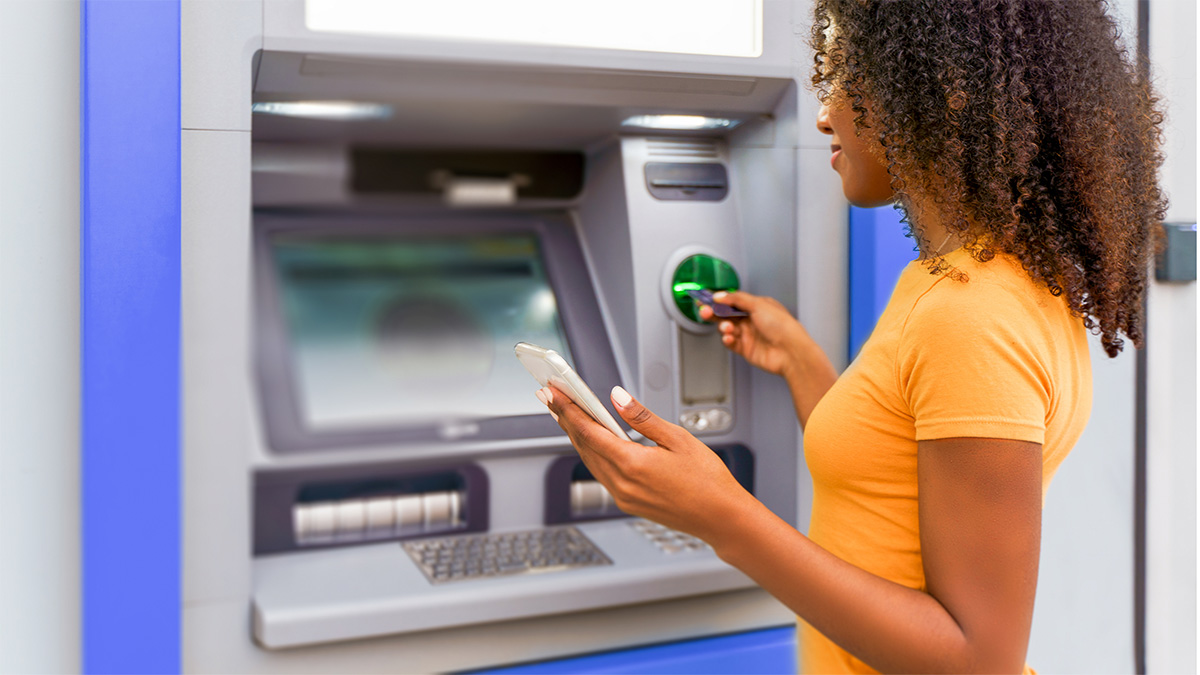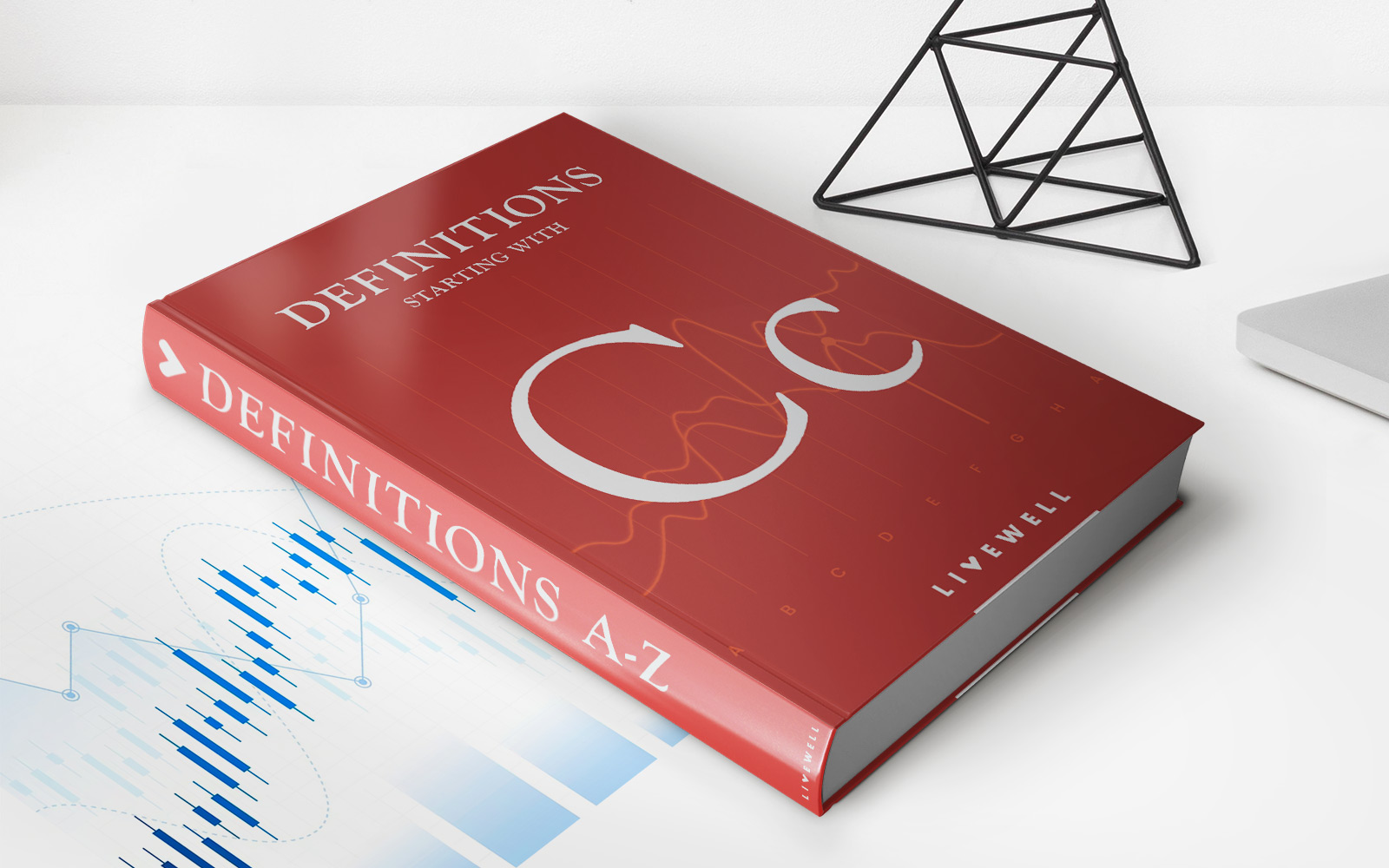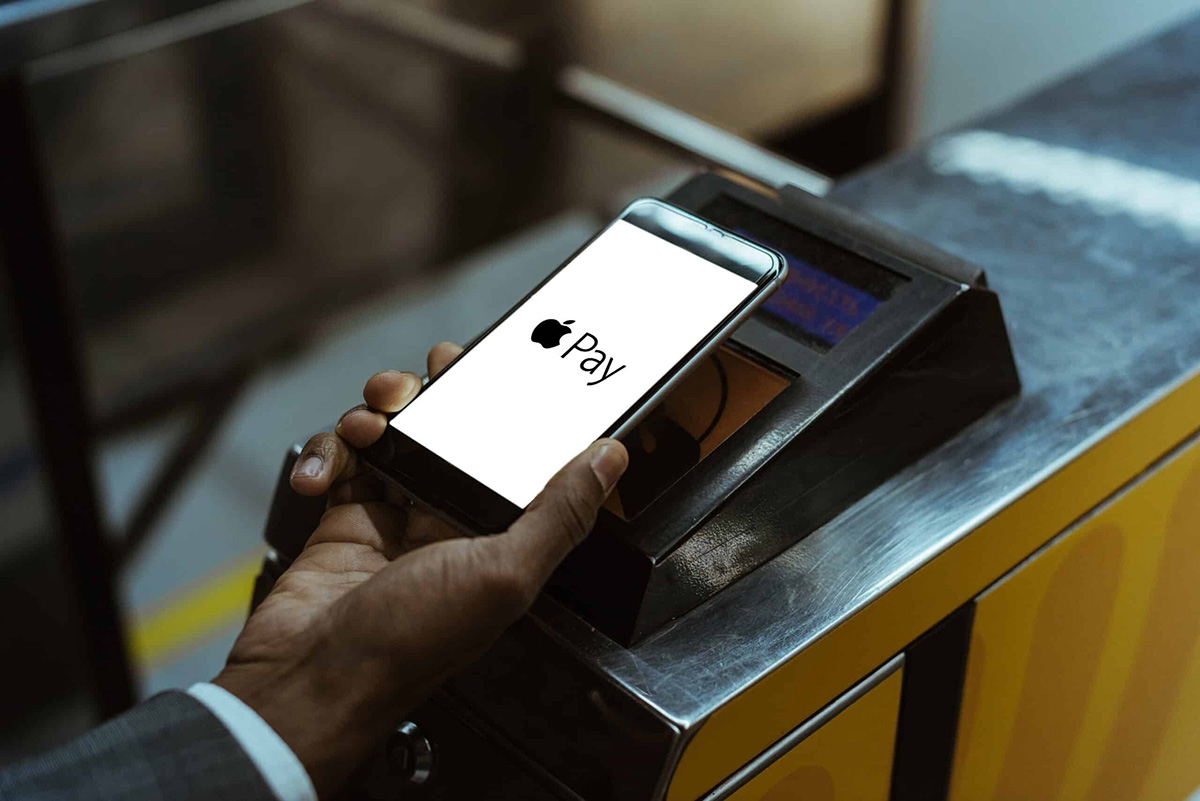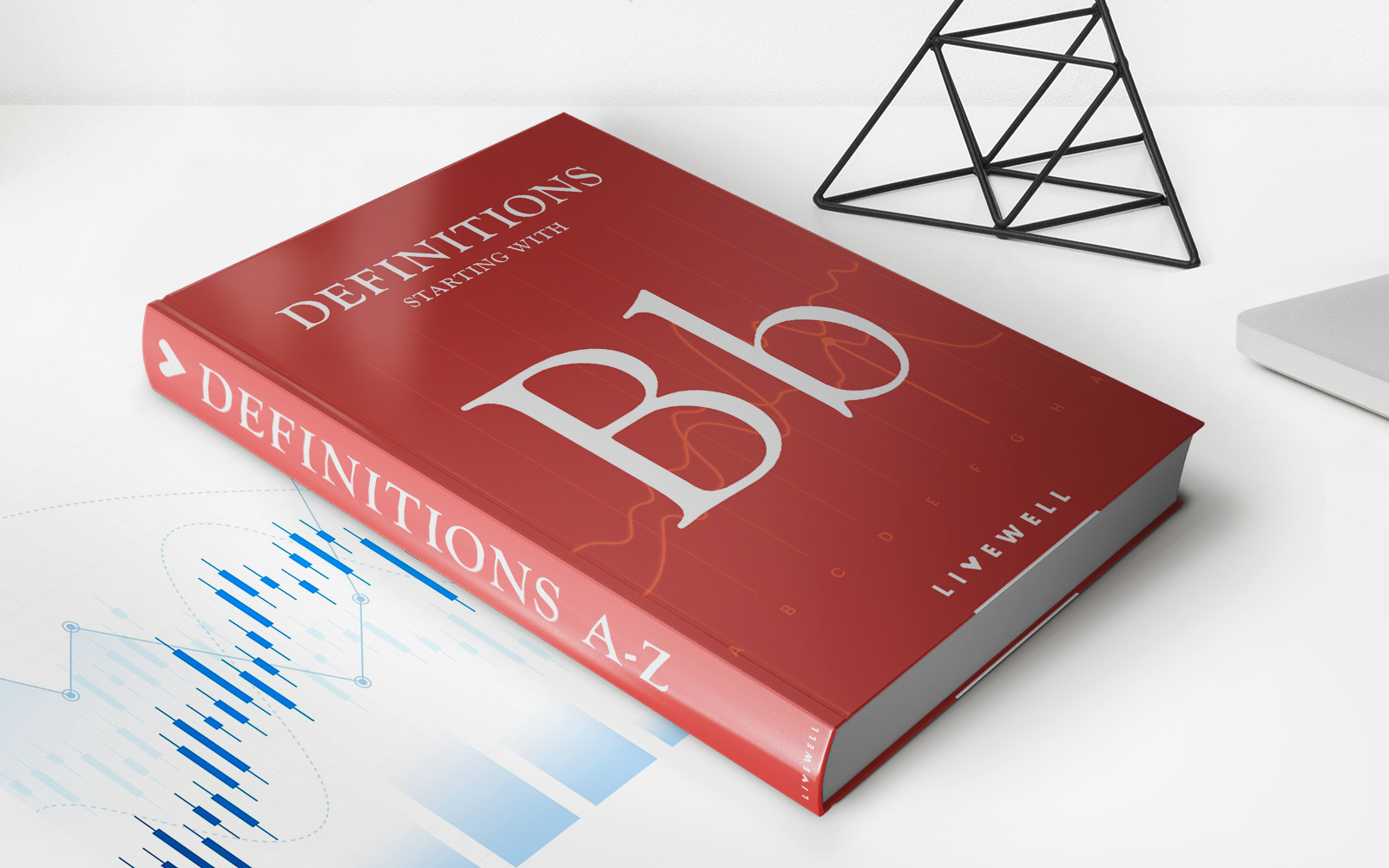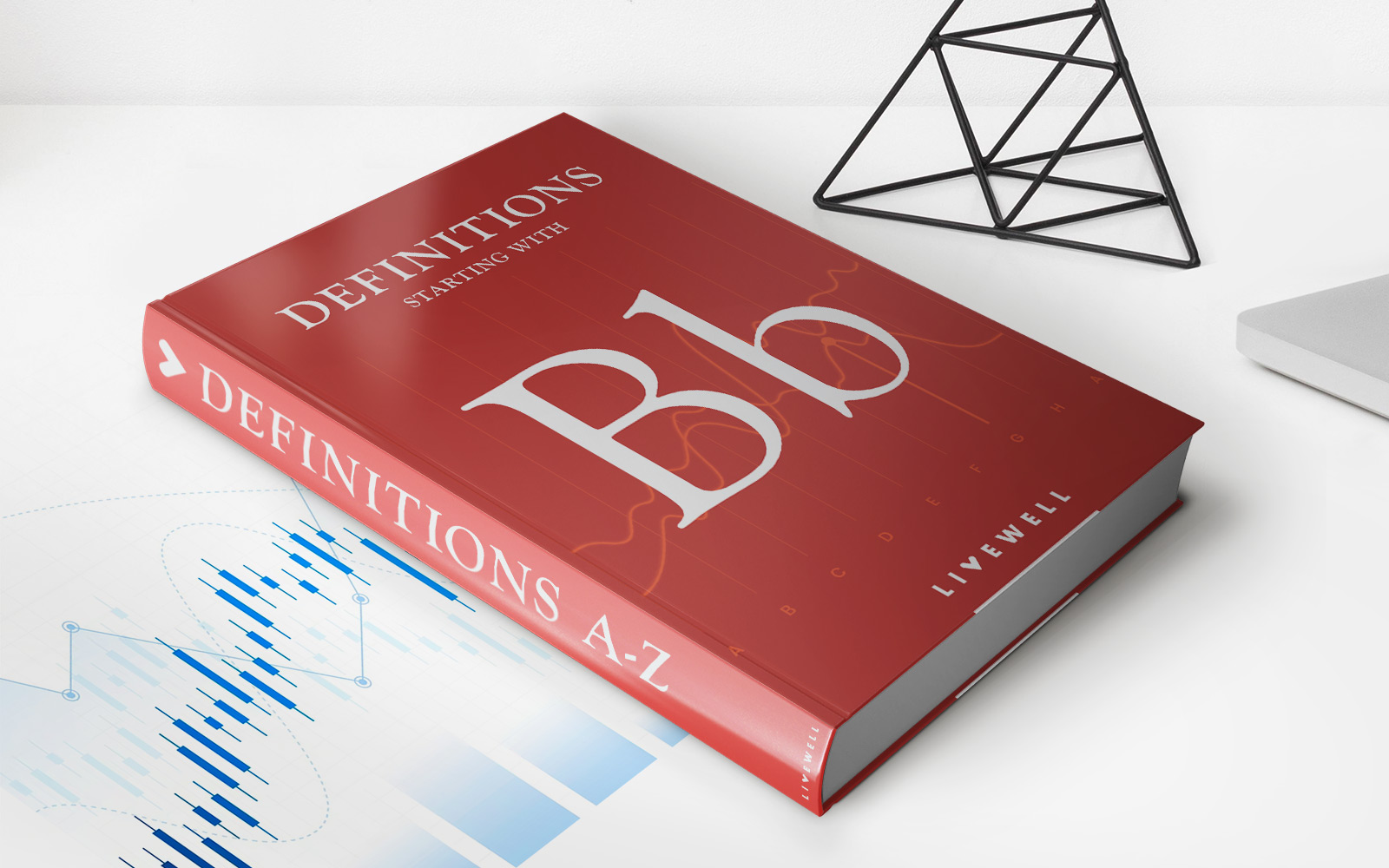Home>Finance>PIN Cashing: Definition, How It Works, Examples
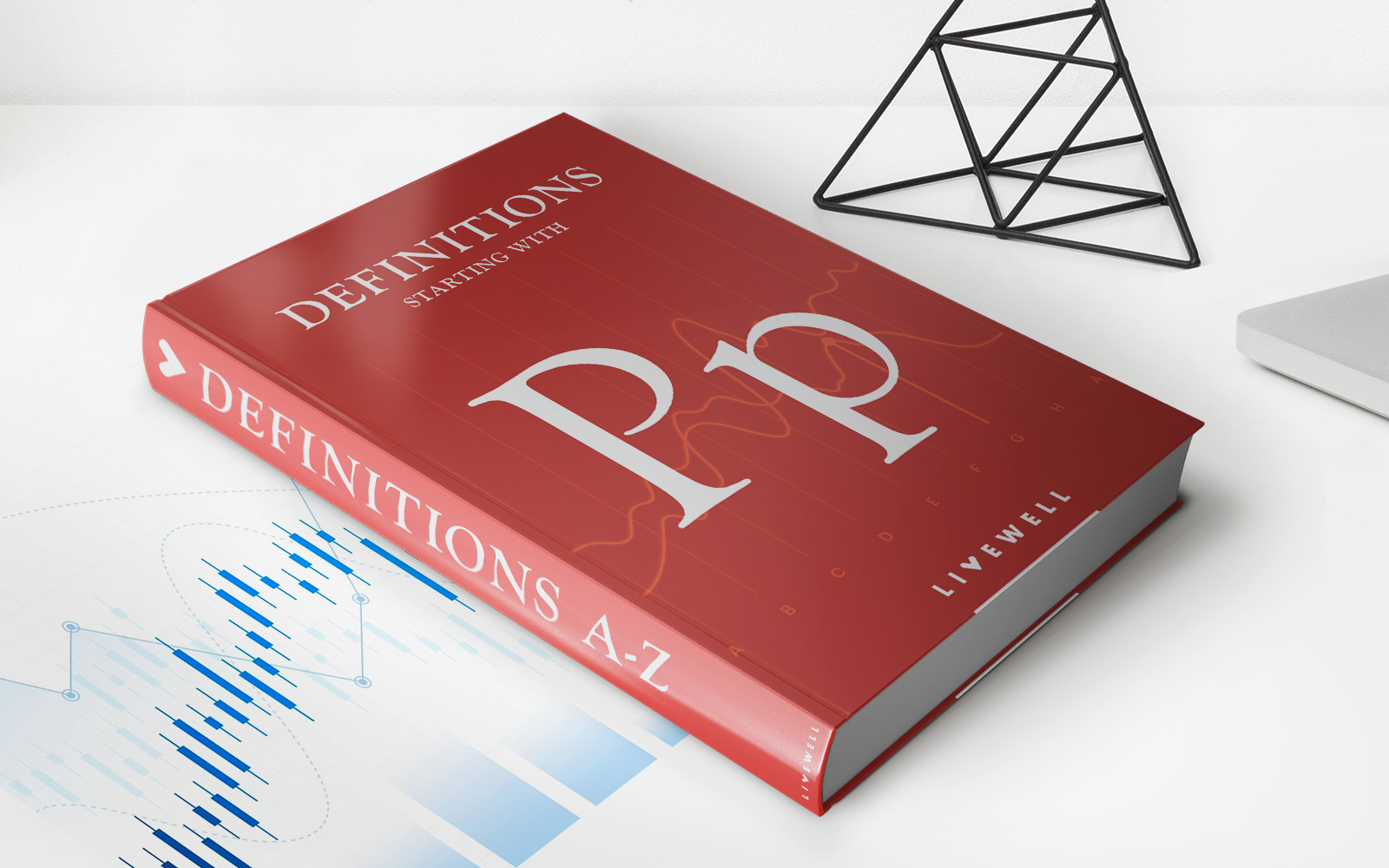

Finance
PIN Cashing: Definition, How It Works, Examples
Published: January 8, 2024
Learn the definition and workings of PIN cashing in the world of finance, along with real-life examples to understand this financial practice.
(Many of the links in this article redirect to a specific reviewed product. Your purchase of these products through affiliate links helps to generate commission for LiveWell, at no extra cost. Learn more)
Unlocking the Secrets of PIN Cashing: Discover the Definition, How It Works, and Real-Life Examples
When it comes to the world of finance, there are numerous terms and concepts that can often leave us scratching our heads. One such term that has gained attention in recent years is PIN Cashing. If you’ve ever wondered what PIN Cashing is, how it works, and if there are any real-life examples, you’ve come to the right place.
Key Takeaways:
- PIN Cashing involves the illegal and unauthorized use of stolen debit card PINs.
- Criminals use various methods like skimming devices or phishing scams to obtain PINs and cash out the stolen funds.
What is PIN Cashing?
PIN Cashing refers to the illicit practice of cashing out stolen debit card PINs for financial gain. It involves criminals gaining access to debit card information, including the Personal Identification Number (PIN), and using it to withdraw money from the account without the cardholder’s consent. Essentially, it is a form of fraud and identity theft that can cause significant financial harm to the victim.
How Does PIN Cashing Work?
The process of PIN Cashing typically involves several steps:
- Obtaining the PIN: Criminals use various methods to obtain debit card PINs. Some common techniques include:
- Skimming Devices: Fraudsters attach devices to ATMs or point-of-sale terminals to capture card information, including the PIN, when the victim uses their card.
- Phishing Scams: Criminals deceive individuals into providing their debit card details, including the PIN, through fraudulent emails, text messages, or phone calls.
- Accessing the Funds: Once the criminals have obtained the stolen PINs, they may:
- Withdraw Cash: They visit ATMs to withdraw funds directly from the victim’s account using the stolen card and PIN.
- Purchase Goods or Services: Criminals use the stolen card and PIN to make unauthorized purchases.
- Cashing Out: The final step involves converting the stolen funds into untraceable forms, such as through money transfers, prepaid cards, or even cryptocurrency.
Real-Life Examples
While the world of PIN Cashing operates primarily in the shadows, there have been instances where law enforcement agencies have uncovered and prosecuted individuals involved in such activities. One notable example is the case of a criminal gang operating across multiple countries, which utilized skimming devices to steal debit card information and PINs. They then used these stolen details to withdraw large sums of cash from unsuspecting victims’ accounts.
Another example involves phishing scams, where criminals posed as banking institutions and sent deceptive emails or made phone calls to individuals, tricking them into revealing their debit card details, including the PIN. With this information, the scammers were able to access the victims’ accounts and withdraw funds undetected.
In Conclusion
PIN Cashing is a serious crime that can have severe consequences for its victims. It is crucial to protect yourself by being vigilant when using ATMs, avoiding sharing sensitive information with unknown individuals or suspicious websites, and regularly monitoring your financial accounts for any unusual activity. By staying informed and taking appropriate precautions, you can minimize the risk of falling victim to this type of fraudulent activity.
Remember, if it seems too good to be true or if something feels off, it’s always better to err on the side of caution and protect yourself from potential financial harm.
